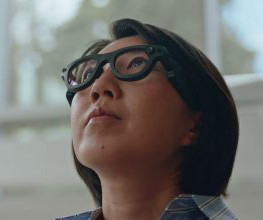Meta Reveals Next Generation Aria Smart Glasses for Research and Experimentation
Road to VR
FEBRUARY 27, 2025
The company revealed its first iteration of Project Aria back in 2020, showing off a sensor-rich pair of glasses which the company used internally to train its machine perception systems, ultimately tackling some of the most complex issues in creating practical, all-day augmented reality glasses of the future.













Let's personalize your content